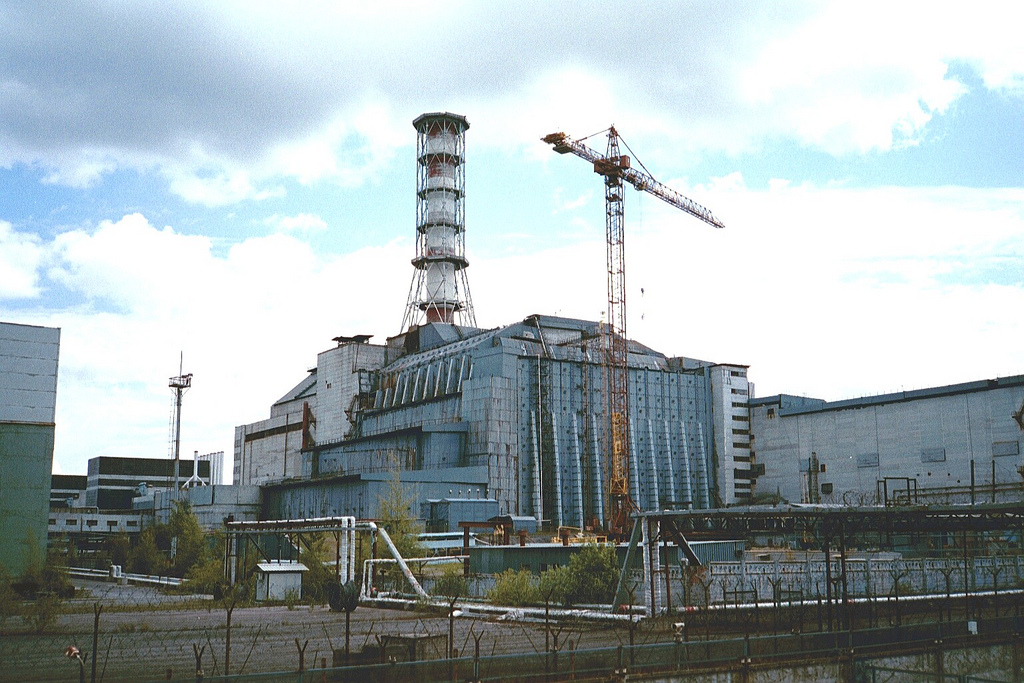Depending on how the different radioactive substances behave in a marine environment, a portion can be transported by ocean currents over long distances. After a discharge into the Irish Sea, technetium-99 is transported with ocean currents into the North Sea and up along the Norwegian coast to the Barents Sea.
The Baltic Sea an important source of radioactivity
The Baltic Sea is an important source of radioactivity in Norwegian waters. Radioactive substances carried by sea currents from here and along the Norwegian coast.
The Baltic Sea has higher concentrations of caesium-137 and strontium-90 than many other ocean areas. This is due to the relatively large fallout of caesium-137 from the Chernobyl accident and the fact that the Baltic Sea is a relatively enclosed body of water. Water exchange is therefore slower here than in many other seas, and contaminants remain here longer than in more open waters.
Strontium-90 mainly originates from fallout from nuclear testing in the 1950s and 1960s. The Norwegian coast is also affected by radioactive substances separated from contaminated sediments in the Irish Sea. These follow the ocean currents before eventually reaching Norwegian coastal areas.
Radioactive substances can be absorbed by plants and animals
The extent to which radioactive substances are absorbed by plants and animals varies from substance to substance. For example, technetium-99 is easily absorbed by seaweed and lobster. Polonium-210 is absolbed by mussels and fish. Other radioactive substances, such as uranium, are to a small extent absorbed by organisms that live in the ocean.
